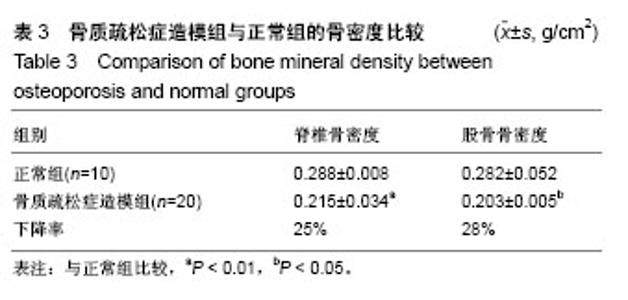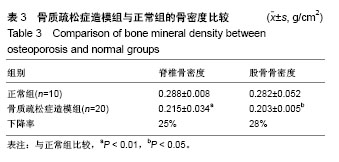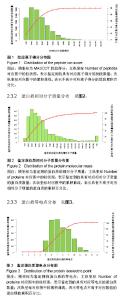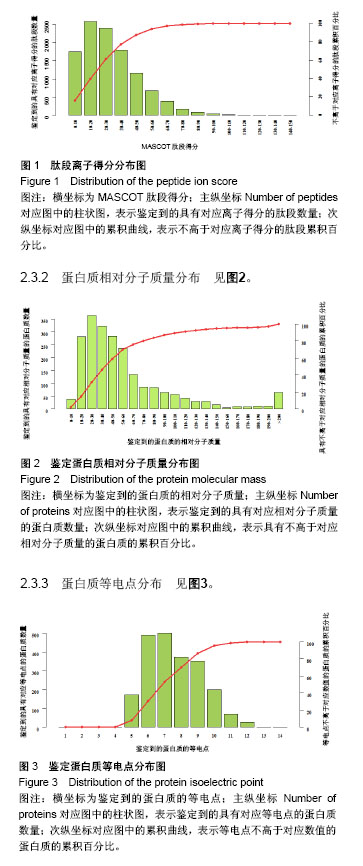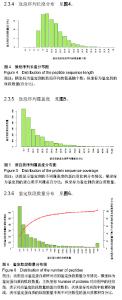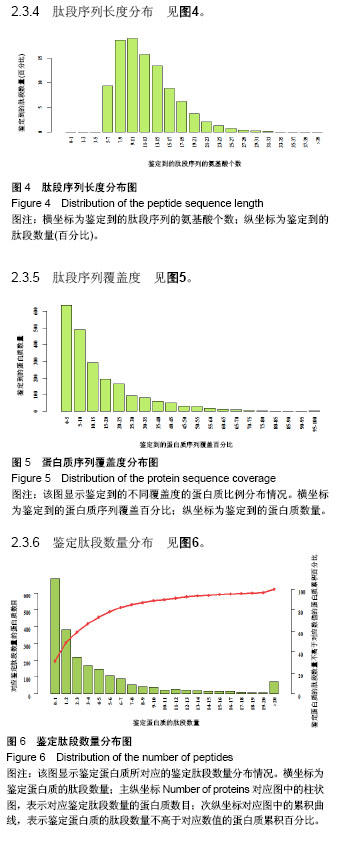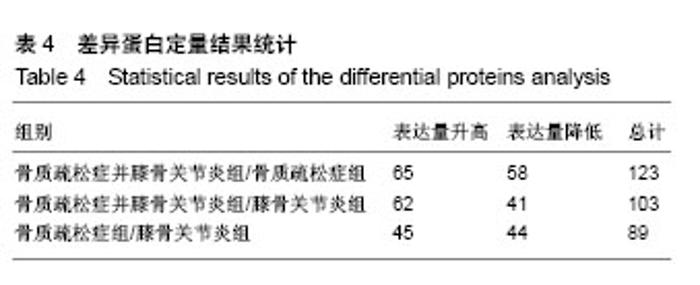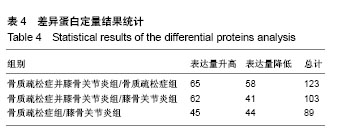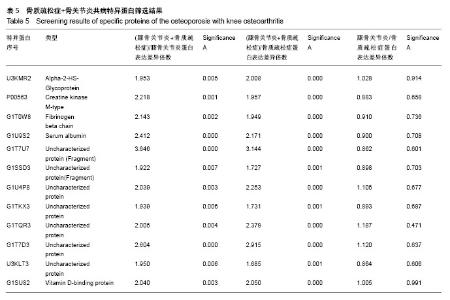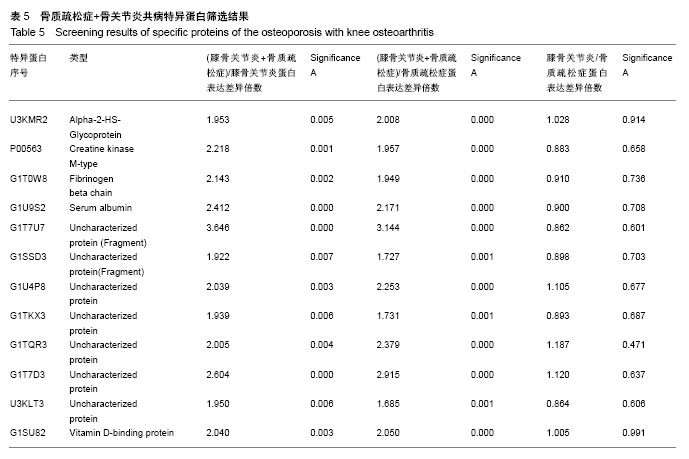| [1] 王子江,向川. 骨质疏松症与骨关节炎的相关性研究新进展[J]. 中国骨质疏松杂志, 2014,20(3):310-314.[2] 李沛,潘富伟. 骨质疏松症中医证候分布规律及相关性研究进展[J]. 中国骨质疏松杂志, 2014,20(1):110-114.[3] 王国栋. 中医辨证治疗膝关节骨性关节炎[J]. 中医研究, 2014, 27(1):10-11.[4] 余宗阳,杜建. 蛋白质组学与中医证实质研究[J]. 中国中西医结合杂志, 2004, 24(9):844-846.[5] Long J, Zhou Q, Li D, et al. Phytoestrogenic molecule icaritin prevents OVX-induced osteoporosis in mice. J Orthop Trans. 2014;2(4):224-225.[6] 肖春苟,邹锦慧,李力强,等. 以改良Hulth法建立兔膝骨性关节炎关节软骨的病理变化[J]. 中国中医骨伤科杂志, 2014,22(12): 1-3.[7] Ross PL, Huang YN, Marchese JN, et al. Multiplexed protein quantitation in Saccharomyces cerevisiae using amine- reactive isobaric tagging reagents. Mol Cell Proteomics. 2005;3(12):1154-1169.[8] Fan Y,Liu J,Wang S,et al. Functional proteome of bones in ratawith osteoporosis following ovariectomy. Life Sci. 2005; 76(25): 2893-2901.[9] Fernández-Puentes C, Carrasco L. Viral infection permeabilizes mammalian cells to protein toxins. Cell. 1980;20(3):769-775.[10] Qiu C, Liu X, Wang J, et al. Estrogen increases the transcription of human α 2 - Heremans - Schmid - glycoprotein, by an interplay of estrogen receptor α and activator protein-1. Osteoporos Int. 2014; 25(4):1357-1367.[11] 夏婷,李双庆.炎症相关骨质疏松症的发病机制[J].中国骨质疏松杂志, 2015,21(1):117-120.[12] 马玉环,郑文伟,林平冬等.骨关节炎软骨退变与炎症的关系[J].风湿病与关节炎,2015,4(8):50-53.[13] Marion B, Mcmaster MT, Black MA, et al. A proteomic approach identifies early pregnancy biomarkers for preeclampsia: novel linkages between a predisposition to preeclampsia and cardiovascular disease. Proteomics. 2009;9(11): 2929-2945.[14] Baxter VK, Shaw GC, Sotuyo NP, et al. Serum albumin and body weight as biomarkers for the antemortem identification of bone and gastrointestinal disease in the common marmoset. Plos One. 2013; 8(12):e82747.[15] Hwang JH, Wang T, Lee KS, et al. Vitamin D binding protein plays an important role in the progression of endometriosis. Int J Mol Med. 2013; 32(6):1394-1400.[16] 常志芳,冯成龙,史晓霞,等.免疫与骨质疏松的研究进展[J].中国骨质疏松杂志,2015,21(4): 508-513.[17] Fumoto T,Takeshita S,Ito M,et al. Physiological functions of osteoblast lineage and T cell-derived RANKL in bone homeostasis. J Bone Miner Res. 2014;29(4):830-842. [18] Moradi B, Rosshirt N, Hagmann S, et al. Osteoarthritis progression is accompanied by inflammatory CD4+ T-cell polarisation. Osteoarthritis Cartilage. 2012;20(4):S232-S233. [19] da Silva JT, Santos FM, Giardini AC, et al. Neural mobilization promotes nerve regeneration by nerve growth factor and myelin protein zero increased after sciatic nerve injury. Growth Factors. 2015; 33(1):8-13.[20] Bauman WA, Cardozo CP. Chapter 47-Immobilization Osteoporosis. Osteoporosis. 2013:1139-1171.[21] 王丽丽,汪莉,吴焕文,等.细胞外基质蛋白Asporin的研究进展[J].临床与病理杂志, 2016,36(2):195-198.[22] Song GG, Kim JH, Lee YH. A meta-analysis of the relationship between aspartic acid (D)-repeat polymorphisms in asporin and osteoarthritis susceptibility. Rheumatol Int. 2014;34(6): 785-792. |
